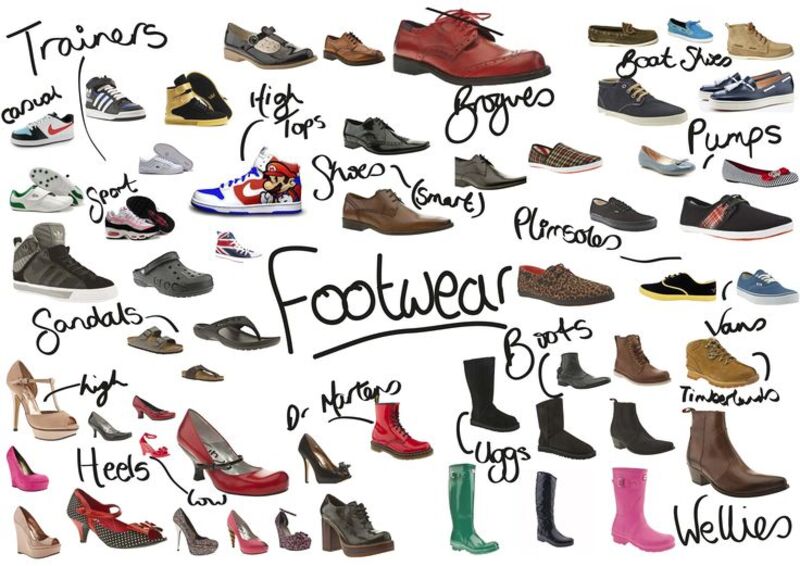The birth of footwear
No one can deny that footwear is one of the most indispensable items in our daily lives. Perhaps you never wondered about the birth of these shoes because in this age, since birth, our feet have been covered by them. But thousands of years ago, our ancestors invented this item. Let me tell you about the history of the shoes.
The history of human development has proven that shoes are one of the earliest human inventions. From the beginning, people soon became aware of the importance of protecting their feet from jagged terrain, rough rock and hot sand during hunting or relocation. The documents on ancient cultures have mentioned shoes. In addition to being mentioned in the Bible, shoes are also often found in the folklore of many different ethnic groups such as the fairy tales such as Cinderella. If it is now the custom of throwing flowers in the wedding, old people have thrown their shoes as a good thing. Initially, the shoe was simply a piece of grass or a piece of raw leather attached to the feet. Some types of shoes are braided from seagrass leaves, decorated artistically and beautifully. Gradually, shoemaking has become a very popular art.
Footwear is also considered a symbol of the social status of the wearer. In Japan, there is a big difference between the royal family, the merchants and the artist, the distinction shown clearly in the profession. Greek shoes focused on designs and aesthetics, often decorated with gold and gemstones. Meanwhile, the Romans invented the types of shoes for the army. There is a stage of development that shows that there was little interest in the protection and comfort of a pair of shoes. What they care about is the perfection in the workmanship and the stylish design of the shoe itself.
By the end of the 19th century, most of the shoes were made of straight and flat types of shoesole without difference between the left and the right. A shoe consists of a base layer to create an "ultra-thin" shoe and a piece of leather placed on the toe to create the required space for the foot. By 1850, new shoes were made with handy tools such as knife and razor. This time only added some tools such as pliers, hammer, sandpaper, stone to complete the edges and the base.
In 1845 the first shoe-making machine was put into use. It is a machine to replace the tools used to increase the durability of shoes such as hammer and rocket. After one year, the sewing machine invented by Elias Howe has boomed its research and development activity more than ever before. Today, only in the footwear industry, making by machine can not be replaced totally by manual making.
In 1858, the "McKays" sewing machine was developed by Gordon McKay. This machine was used to minimize serious scarcity of shoes during the Civil War, when many shoemakers were summoned to the military. However, McKay found that it was difficult to sell them. He went to the shoemakers and told them that he wanted to bring the machine to their shoe factory and that in return they would pay him a fee for each pair of shoes. In 1875, a machine that was later called the Goodyear sewing machine that could produce many different types of shoes was invented. It is used for both non-soles and soles.
Before the advent of the machine, the pincer grip (a simple combination of grip and lever) was the only tool of the craftsman to shape the shoe with the only support of the fingers and nails. More than a century ago, a man who tried his best could make only several pairs per a day. However, today's Goodyear Welt can produce about 1,200 pairs of shoes in just eight hours.
The research and development of a variety of auxiliary machinery has become more intense than ever after the birth of McKay and Goodyear. Inventors have always sought to mechanize manual operations that seem to be impossible for any machine.










